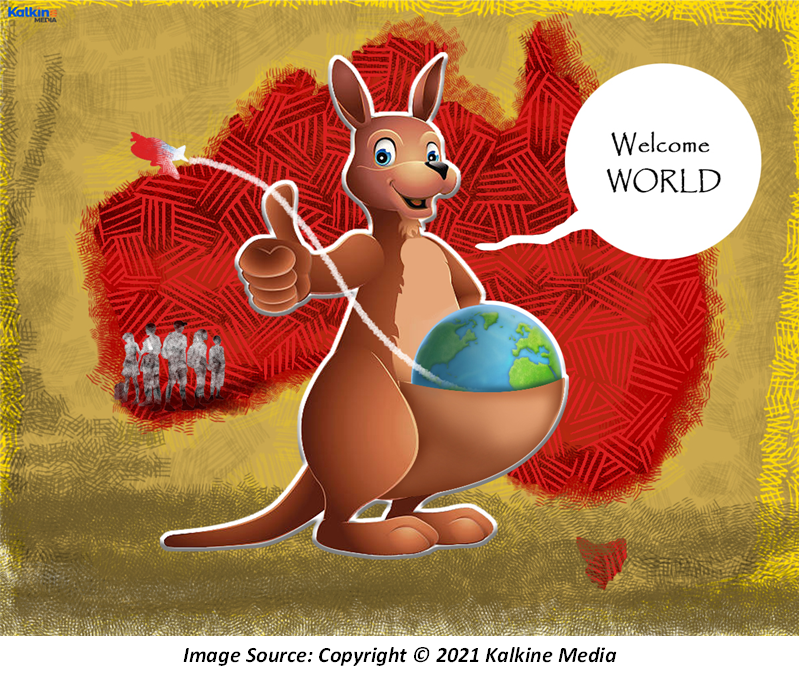Highlights
- The pandemic-driven lockdown restrictions have continued to weigh heavily on the education sector.
- While many universities have offered remote learning, they have not been able to secure revenues similar to pre-pandemic levels.
- The rising visa applications indicate that things might regularise once borders reopen.
The aftermath of the pandemic has been inflicted on nearly every aspect of life, be it travel, retail shopping, or even something as simple as going to school or university for education. Unfortunately, the unique challenges presented by COVID-19 have left behind an entire section of students that have never had a chance to visit their school or university. Additionally, many students have finished their graduation virtually, without getting a chance to physically say goodbye to their peers.
More worrisome have been the conditions for international students who had enlisted themselves in foreign universities. Needless to say, the pandemic has compromised on the possible exposure they would have received from their stay in a university of their choice. This has not just affected the students’ overall experience but has also been a big setback to universities.
In Australia, where international students formed a major part of the educational infrastructure, having no immigrants for almost two years weighed heavily on the education system. Most universities offered remote learning through online courses, while some others have kept students on hold till the time borders reopen. However, major shockwaves can still be felt throughout the education sector even as the economy remains set to reopen.
Must Watch: What are the emerging online education trends to focus in 2021? || Expert Talks with Mr Adam Brimo
Direct impact on the economy
An obvious impact of the closing of the international borders can be seen in the Australian economy. Immigrant students contribute greatly to the country’s education sector and other parts of the financial ecosystem, including real estate, retail spending, etc.
As per a report from the Department of Education, Skills and Employment, about AU$9.8 billion were received in revenue from international students in 2019. However, the pandemic turned the course for the education sector, causing a slump in revenue. During the initial months of 2020, losses were not much pronounced as students had already been enlisted into the courses.
While entire revenue was not depleted during the past year and a half, a good chunk of revenue coming in through student expenditure and components of college fees took a hit. Moreover, many students have been discouraged from opting for education abroad due to the inability to travel overseas.
ALSO READ: How to start to love education
Opening borders ringing in signs of regularity
Data on visa applications suggests that students are planning to fly to the country as and when borders reopen. Meanwhile, the recent announcements suggest that Australia would be reopening for international students starting from December. Additionally, many visa applications are still being processed, and many new applications have been put in recently. Thus, a major inflow of students can be expected in December after the reopening of borders.

By opening its borders to student visa holders and skilled individuals, Australia intends to secure its economic recovery. The news is expected to give heart to over 130K international students, waiting with visas to return to Australia.
If the cases remain under control and proper COVID protocol is followed, one can expect the education sector to recover most of its losses. In a way, some stability can be anticipated to seep into the sector in 2022.
DO NOT MISS: MT How to Combine Work and Education top resume services




